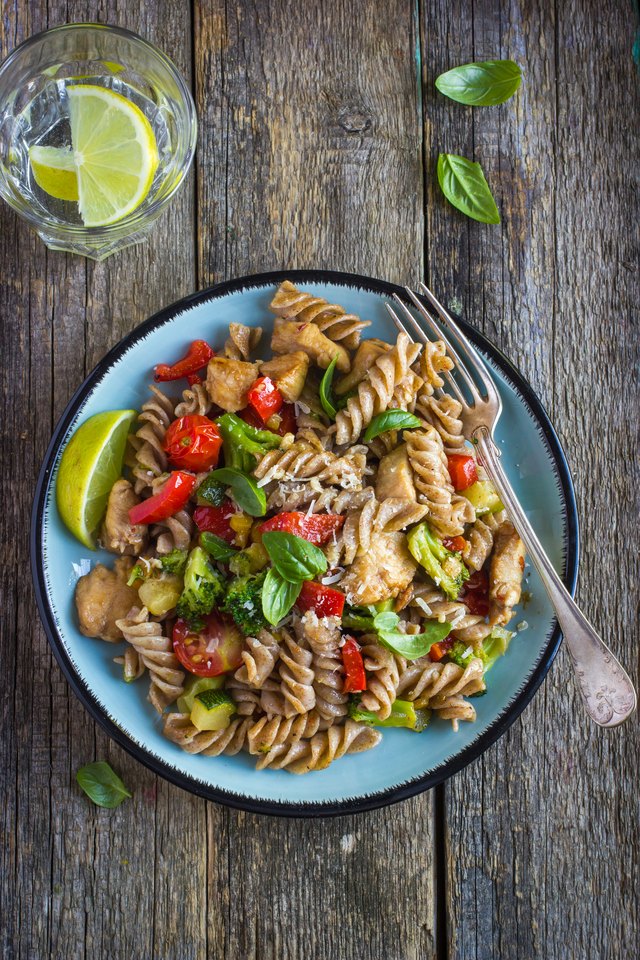
On the other hand, fresh pasta is commonly produced at home either wholly by hand or with the assistance of simple appliances. Dried pasta is generally produced commercially through a process known as extrusion. We also have dried pasta and fresh pasta. Gluten is a protein known to cause gastrointestinal complications to people or animals who are intolerant to it. For instance, gluten-free pasta is a type of pasta stripped of gluten. Last but not least, pasta may be categorized based on the processing methods used. Examples of pasta based on shape include macaroni pasta, orzo pasta, and fusilli pasta. Shape is another major factor used in distinguishing the different pasta types.

Other common pasta types based on the basic ingredients include lentils pasta, buckwheat pasta, barley pasta, edamame pasta, vegan pasta, etc. For instance, rice pasta contains rice as a replacement for wheat flour.

The primary factor used in distinguishing the different pasta types is the ingredients in these foods. Pasta can be grouped into various categories, depending on certain parameters. Common additives in pasta include vegetable purees like spinach, dairy products like cheese, spices like garlic, seasonings like salt, and herbs. These additives are usually in the form of toppings, garnishes, preservatives, and flavor enhancers. In addition to the staple ingredients, most pasta also contains other additives. Examples of these alternative grains include rice, lentils, barley, and buckwheat. However, most pasta products nowadays contain common wheat.īesides, there are numerous products sold as pasta but which are made from grains other than wheat. Pasta was traditionally made from unleavened dough of wheat flour mixed with either eggs or water. And although the food is still associated with Italy, it’s consumed in virtually all countries worldwide. Regardless of its origin, pasta has grown over the years into one of the most popular delicacies. Etruscans pre-date the Romans and are believed to have occupied present-day Tuscany. There’s also a group of food historians who believe that the earliest form of pasta, known as testaroli, was a popular delicacy during the Etruscan civilization. However, many food historians have disputed this theory arguing that Polo’s version of pasta was not made from wheat flour but rather from starch derived from the sago palm.Īnother theory suggests that pasta traces its origin in Northern Italy, in as early as 1270. He then brought the idea back to Italy and popularized it there. One theory suggests that Marco Polo discovered pasta in 13th century while in China. But the origin of this delectable cuisine is largely unknown. Pasta is a variety of noodles traditionally made from unleavened dough of wheat flour mixed with eggs or water, and then formed into thin sheets or various other shapes before cooking.

However, as we’ve already indicated, there are several things to bear in mind before feeding pasta to your dog.īut perhaps we should start from the beginning and familiarize ourselves with what this popular delicacy is.

Therefore, it’s possible to feed your dog pasta without worrying about any immediate medical repercussions. Plain pasta doesn’t contain any ingredients that could harm your dog.


 0 kommentar(er)
0 kommentar(er)
